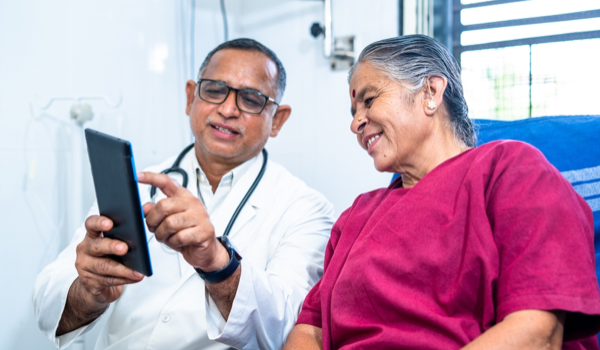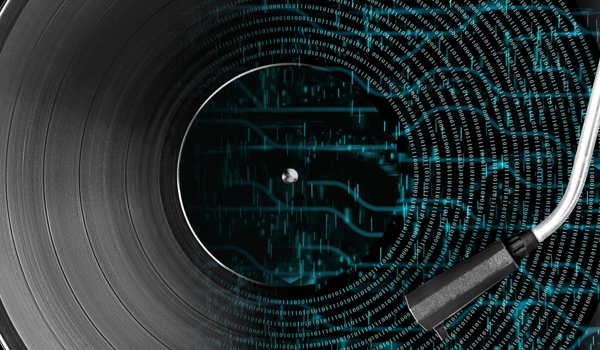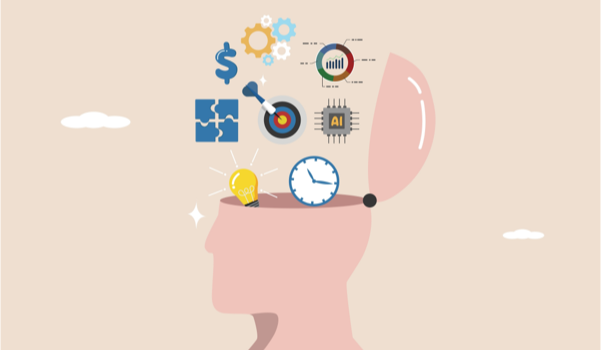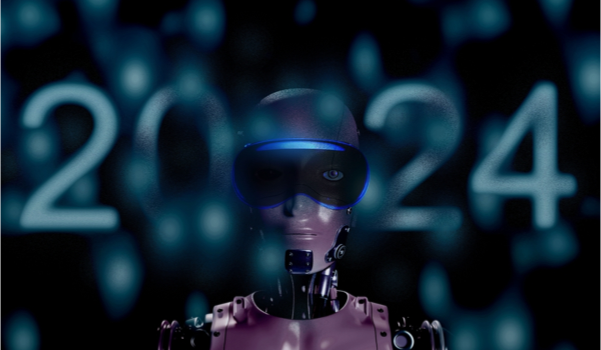

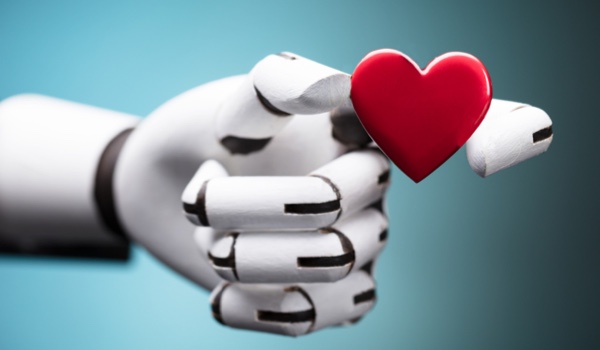
ROME - “Buddy is my favorite superhero. When I had to go to the hospital because something went wrong in my body, I was scared of all the machines in my room, but he stayed with me all the time, we played games together,” said Rose, 5 years old.
Designed by Paris-based Blue Frog Robotics, Buddy is the first emotional robot, to understand, interact, communicate, and build personal relationships with people. Buddy helps young patients to engage in their healthcare practice during and after hospitalization. It tries to reduce their anxiety, to improve their emotive health and, thanks to playful interactions, become a companion, coach, and motivator. Buddy is a perfect example of emotional artificial intelligence (AI) employed in the healthcare sector.
By emotional AI, we refer to those technologies that use affective computing and other AI techniques to learn about and interact with human emotional life. These technologies are also used to regulate and optimize the emotionality of spaces like hospitals, in this case, or an airport when speaking about issues of risk and security management. Emotional AI devices try to integrate pre-emotional bodily responses into screening technology, whereas affect and emotions are prior to any sociolinguistic or physical behaviors, representing the origin of the underlying bodily events from which human behaviors emerge.
Together with anthropomorphic robots, pets have become well-liked social robots. In 1999, e.g., Sony introduced its interactive AIBO, a touch-sensitive pet that became very popular. The French company Aldebaran Robotics developed Nao in 2006, which looked like a toy and was programmed to mimic human behavior. Then there is the famous Paro, an artificial harp seal created by Dr Takanori Shibata, which has been supporting the therapy and care of elderly patients in hospitals and nursing homes since 2009. It has been shown to have positive effects on the ac
The content herein is subject to copyright by The Yuan. All rights reserved. The content of the services is owned or licensed to The Yuan. Such content from The Yuan may be shared and reprinted but must clearly identify The Yuan as its original source. Content from a third-party copyright holder identified in the copyright notice contained in such third party’s content appearing in The Yuan must likewise be clearly labeled as such. Continue with Linkedin
Continue with Linkedin
 Continue with Google
Continue with Google










 1530 views
1530 views
